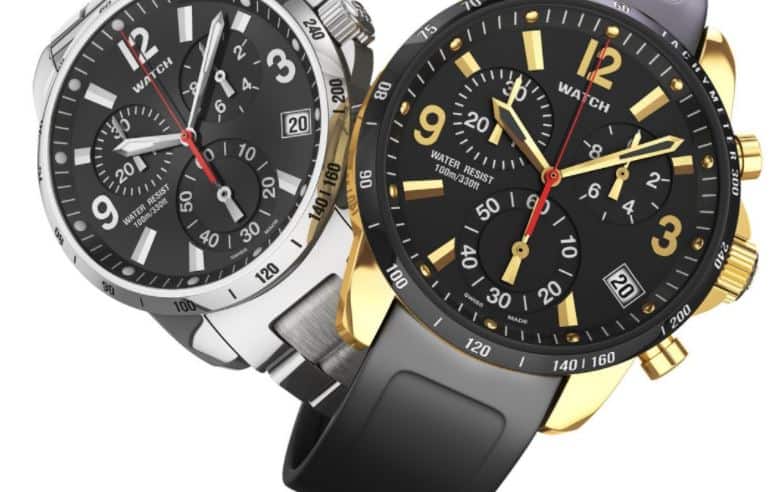 How do you know if a $5000 luxury watch that you just saw heavily discounted is an authentic one or a fake?
How do you know if a $5000 luxury watch that you just saw heavily discounted is an authentic one or a fake?
Today, many fakes can be difficult to identify, so the truth is, in most cases you simply don’t know.
With trading breakout signals, it can be a similar story.
We’re often eager to figure out if a breakout trading signal we’re about to put our hard earned money on is going to be a genuine breakout, or just a disappointing fake.
But the truth is, it’s the same with luxury watches.
Most of the time we can never really know.
False breakout signals can look so similar to real breakouts that there is often no easy way to distinguish a fake one from a good one.
So the bad news is, we can’t do much about the breakout trading signal itself.
However, there is some good news.
One possible way to reduce your risk while buying a $5000 luxury watch is simply by shopping in the right neighborhood.
If you choose to buy your new luxury watch in Switzerland, at a store on the main shopping street in Geneva, just buying in this neighborhood is already significantly reducing the risk than for example visiting a similarly convincingly looking shop in Egypt.
So the neighborhood does matter when trying to manage our risk.
And with breakout trading, it’s a similar story.
Paying attention to the market action before a breakout signal itself, is like paying attention to being in the right neighborhood or ‘environment’.
The exact definition of the ‘right neighborhood’ will always depend on the market, the timeframe, and the breakout logic, because each combination will have a different ‘perfect environment’ and this is what needs to be tested.
But a great way to start is simply by asking the following questions:
- Do my best breakout trades occur if they come after low volatility or high volatility environments?
- Do my best breakout trades happen after a market pullback/correction, or on or near new highs or lows?
- Do my best breakout trades occur when trend indicators like ADX or DMI show a clear trend, or when they show a lack of trend?
- Do my best breakout trades happen after a specific price action? If yes, which formation?
Of course, this will also add a bit more complexity to a strategy, so you always want to make sure adequate robustness tests are performed afterwards, but this should be a part of your development process anyway, no matter how simple or complex your breakout strategy is.
These questions will help you to learn more about the neighborhood and then start working on the right FILTERS, to manage the risk of false breakouts.
Anyway, if you’re interested in learning more about breakout strategy filters, including what usually works, what doesn’t, and the most powerful ones to start with, check out ‘Build emini breakout trading strategies fast‘ for the answers.
Happy trading!
This article was originally published on the Better Trader Academy blog.
Released:
9 February 2018

